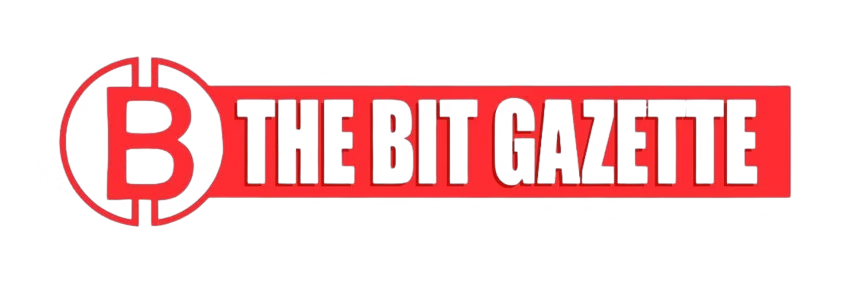The much-anticipated Gemini Nasdaq listing has officially been set in motion, with the Winklevoss-founded exchange filing to go public under the ticker GEMI. Backed by heavyweight underwriters including Goldman Sachs and Morgan Stanley, the move marks a pivotal step for Gemini as it transitions from a privately held crypto pioneer to a Wall Street-traded institution.
The filing, submitted on Friday, marks the first time Gemini’s shares will be publicly available. The exchange, launched in 2014, operates a regulated trading platform, custody services, and a suite of blockchain-based products such as the Gemini Dollar (GUSD) stablecoin and a crypto-rewards credit card.
The Gemini Nasdaq listing will be backed by major Wall Street institutions, with Goldman Sachs, Morgan Stanley, and Citigroup among the lead underwriters. Pricing details remain undisclosed.
“Taking Gemini public is a natural next step in building a long-term, transparent, and investor-accessible business,” — Cameron Winklevoss, Co-Founder, Gemini.
Losses mount as IPO looms
While the IPO positions Gemini as a potential bellwether for the industry, its S-1 filing revealed steepening financial losses. In 2024, the firm generated $142.2 million in revenue but posted a net loss of $158.5 million. Losses accelerated in the first half of 2025, reaching $282.5 million on revenue of just $67.9 million.
Liquidity pressures are also evident. Cash and equivalents declined from $341.5 million at the end of 2024 to $161.9 million by mid-2025, signaling operational strain.
Despite these figures, the Gemini Nasdaq listing reflects optimism that capital markets are willing to back firms navigating the volatile digital asset sector.
“Investors will need to weigh the risks of Gemini’s losses against the potential upside of a public-market valuation,” — Sheila Warren, CEO, Crypto Council for Innovation.
Winklevoss twins retain control
The Gemini Nasdaq listing will also cement the Winklevoss brothers’ long-term influence. The offering includes a dual-class structure: Class A shares carry one vote each, while Class B shares, held entirely by the founders, carry ten votes apiece. This arrangement ensures the company qualifies as a “controlled company” under Nasdaq rules.
Market analysts note that such structures may concern investors focused on corporate governance. However, dual-class systems remain common in tech IPOs, where founders often seek to protect strategic direction.
“Retaining majority control allows the Winklevosses to drive Gemini’s vision without external pressure, though it limits shareholder influence,” —Angela Lee, Professor of Finance, Columbia Business School.
Regulatory winds favor crypto
The timing of the Gemini Nasdaq listing aligns with a shifting U.S. policy climate. Under the Trump administration’s second term, regulatory sentiment toward digital assets has softened, opening the door for capital-raising opportunities.
Circle Internet Group’s IPO in June 2025 raised $1.1 billion, closing 167% above its $31 issue price on its first day. Similarly, rival exchange Bullish soared 83.8% at debut, hitting a market capitalization of over $10 billion.
Gemini appears intent on replicating that momentum, betting that a pro-crypto administration will sustain investor appetite.
The Winklevoss twins, vocal supporters of Trump’s reelection bid, have also backed crypto-focused political action committees—efforts that may help align industry and regulatory priorities.
Investor outlook for Gemini Nasdaq listing
For crypto investors, the Gemini Nasdaq listing is more than a single IPO; it represents a test of whether digital asset firms with significant losses can still secure market confidence. While its financial trajectory raises questions, Gemini’s regulatory compliance, brand recognition, and institutional backing position it as a candidate to attract long-term capital.
Ultimately, the success or failure of the Gemini Nasdaq listing may influence how other crypto firms approach public markets in the coming years.











